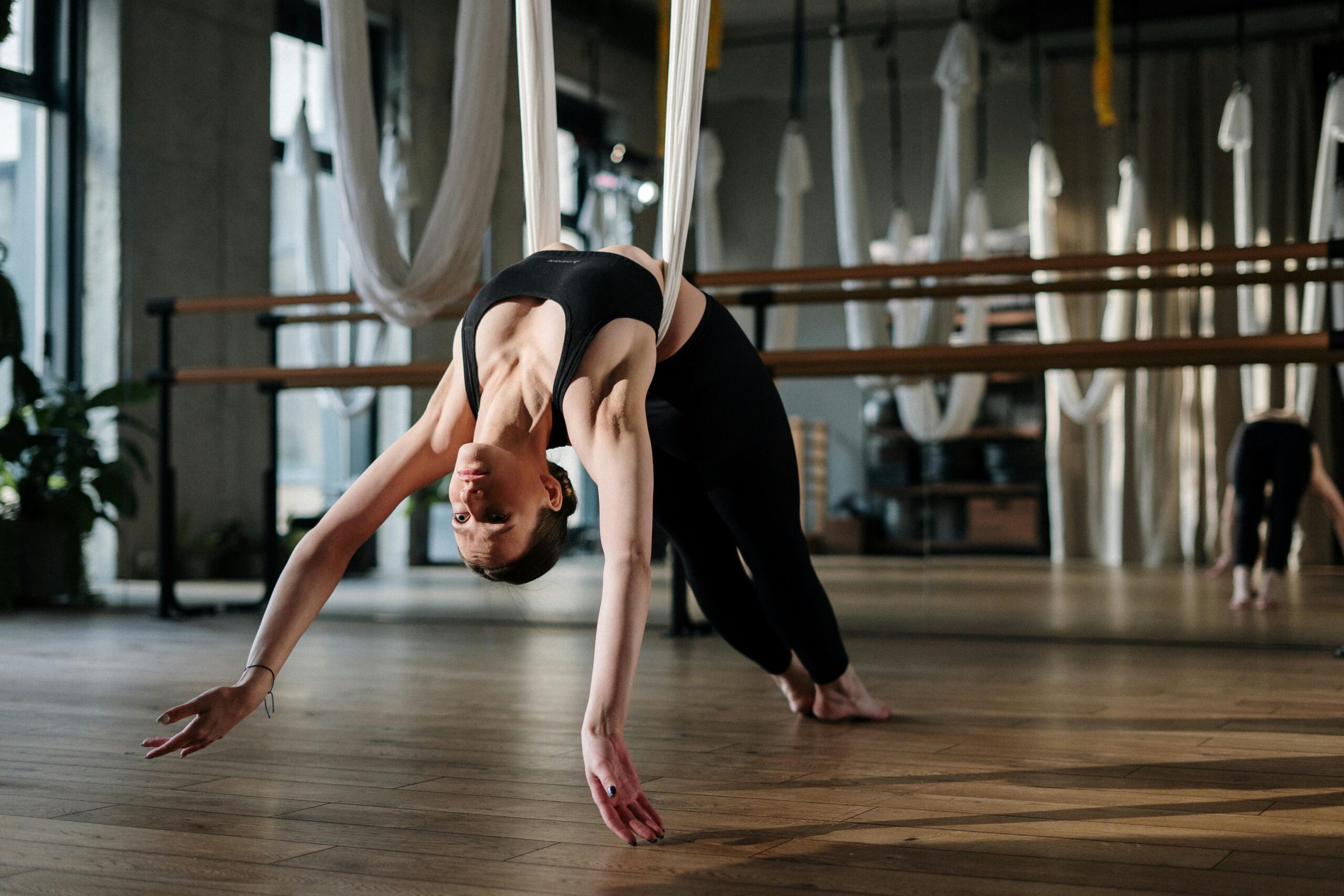Introduction to Barre: A Balanced Blend of Fitness and Grace
Barre is a unique fitness method that combines elements of ballet, Pilates, yoga, and strength training into a comprehensive workout designed to improve strength, flexibility, and posture. Originating from ballet barre exercises used by dancers, this practice has evolved to become an accessible and effective workout for people of all fitness levels. Barre emphasizes small, controlled movements that target specific muscle groups, often focusing on the core, legs, and glutes. Its popularity has surged in recent years due to the combination of physical challenge and mindful movement that helps sculpt a lean, toned physique without bulk. This article will explore the foundational principles of barre, its physical and mental benefits, the structure of a typical class, and tips for integrating barre into diverse fitness routines.
The Origins and Philosophy of Barre
Barre workouts stem from the warm-up and conditioning exercises dancers perform at the ballet barre, a horizontal handrail used for balance during practice. This artistic base infuses barre fitness with a unique grace and mindfulness absent in many other high-intensity workouts. The philosophy centers on precision and control, prioritizing alignment and muscle engagement over speed or heavy weights. The influence of ballet instills an appreciation for posture and poise, making barre a holistic approach that balances mind and body. This philosophy extends beyond physical benefits, encouraging participants to develop mindfulness in movement, body awareness, and a long-term sustainable fitness habit.
How Barre Works: Technique and Muscle Engagement
At the heart of barre are small, isometric movements that challenge muscles to keep them engaged for extended periods. Unlike traditional workouts focusing on explosive reps or heavy lifting, barre emphasizes subtle contractions that improve muscle endurance and sculpt long, lean lines. Movements often include pliés, leg lifts, pulses, and extensions combined with bodyweight exercises and light hand weights. Core engagement is constant, supporting balance and stability. This slow, controlled approach recruits muscle fibers differently, particularly targeting stabilizer muscles that are often neglected. Barre also heavily focuses on alignment, reducing injury risk and creating a stronger, more resilient body.
Physical and Mental Benefits of Barre
Barre offers a range of benefits beyond muscle toning and improved posture. Physically, it enhances joint mobility and flexibility, promotes muscle symmetry, and improves balance—a critical aspect as one ages. Barre’s low-impact nature makes it suitable for rehabilitation and injury prevention, allowing participants to build strength without undue strain on joints. Mentally, barre encourages concentration and presence, integrating breath control and mindful movement to reduce stress and improve mental clarity. The combination of physical precision and mental focus fosters a meditative state that many find therapeutic, making barre a holistic fitness practice that nurtures the body and mind alike.
What to Expect in a Barre Class
A typical barre class most often begins with a warm-up to mobilize joints and engage the core. The main workout revolves around a series of isometric movements performed at the barre, incorporating small, controlled pulses and stretches focused on the lower body, core, and upper body. These exercises are often paired with repetition and light resistance tools such as bands or small weights. Stretching and flexibility exercises usually close the session. Classes vary in intensity but generally emphasize good form and smooth transitions. For beginners, modifications allow gradual progress, while advanced participants can challenge themselves with higher repetitions or added resistance.
Incorporating Barre Into Your Fitness Regimen
Barre can complement many fitness routines due to its focus on flexibility, core strength, and muscle endurance. It pairs well with cardiovascular workouts like running or cycling, providing balance by emphasizing muscle control over speed or impact. For those primarily engaged in strength training, barre adds a crucial element of muscle stabilization and flexibility enhancement, reducing injury risk. To maximize benefit, it is advisable to aim for two to three barre sessions per week. Beginners should seek classes that provide detailed guidance on form to avoid common pitfalls. Additionally, home barre workouts and digital platforms have expanded access, making it easier to integrate barre’s unique benefits into a balanced and effective overall fitness plan.
Barre offers a distinctive blend of strength, flexibility, and mindfulness originating from ballet techniques but designed for everyone. Its focus on small, controlled movements and core engagement builds muscular endurance and improves posture while fostering mental clarity. Understanding barre’s origins and philosophy highlights how this practice transcends traditional workouts by incorporating grace and precision. The typical class structure supports gradual progression and diverse accessibility, making barre suitable for all fitness levels. By thoughtfully adding barre to your fitness routine, you gain a balanced regimen that promotes long-term physical health and mental serenity, proving that fitness can indeed be both effective and elegant.
